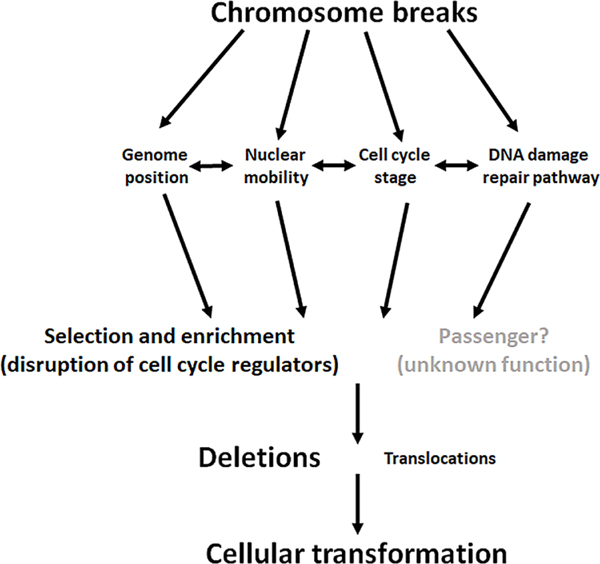Fig. 6. Model for chromosomal rearrangements in human cancers.
In this model we propose that chromosome break repair is influenced by genome position, nuclear mobility, cell cycle stage and DNA damage repair pathway choice (e.g., HR vs, NHEJ). Those re-arrangements that disrupt cell cycle regulators and confer an advantage to cellular transformation and cancer progression are selected and enriched for whereas others that disrupt essential genes would kill the cells and are eliminated from cancer cell populations. Some re-arrangements that occur in “junk DNA” or affect neither cell cycle regulators nor essential genes are carried through cellular transformation because they may have little effect on cancer progression. These may be “passenger” rearrangements analogous to passenger mutations. Because of restrictions on chromosome mobility within the nucleus, most re-arrangements are deletions.

